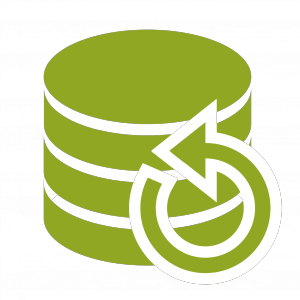 In simple terms backup means taking a copy of your data and storing it in a secure location ( traditionally on tape or storage device and more recently in the cloud) whereas replication involves a constant copying of data between two sites ensuring that there is an up to date copy of the latest data in each site such that should the primary site go down the secondary site is active with the latest data.
In simple terms backup means taking a copy of your data and storing it in a secure location ( traditionally on tape or storage device and more recently in the cloud) whereas replication involves a constant copying of data between two sites ensuring that there is an up to date copy of the latest data in each site such that should the primary site go down the secondary site is active with the latest data.
For a backup to work, a business will need to invest in some type of storage – This could be an archive tape or storage in the cloud. Backups usually comprise a point-in-time copy of the primary data taken at a pre-determined time – usually a repeated cycle ( daily, weekly, monthly). For example, a backup could be planned for each night at midnight and these backups can be kept for as long as a business needs it. A typical use for backup could be business servers and desktops. The recovery of the backup data, should disaster strike, could take a few days as new hardware may need to be sourced on which to restore the backed up data.
For a replication solution to work, a business would need to invest in a second identical infrastructure on a second site. This would increase IT infrastructure costs and have implications for software licenses. Replication focuses more on availability of data and business continuity so that if the primary site is lost, the secondary site can be brought up and realise the recovery time objective ( RTO). Replication would be used for applications that are pivotal in the running of a business. i.e those applications that must always be up and running. As replication is constantly copying data sets between the sites, there is always a secondary copy of data identical to the primary copy.
So, in short
Backup is a more cost effective way to ensure that your data is backed up but the recovery of the data, if the worst should happen and you lose your infrastructure, could take a few days due to the fact that new hardware may need to be sourced on which to restore the backup data.
Replication is more expensive and complicated to set up, but once it is in place will ensure that your business applications are always available. It is always a good idea to use replication and backup in conjunction with one another so that if some data becomes corrupted, there will also be a backup of the uncorrupted data.
For more information about how Datanet can help you with your Backup and Recovery/ Replication solution, please call us today on 01252 810010.










